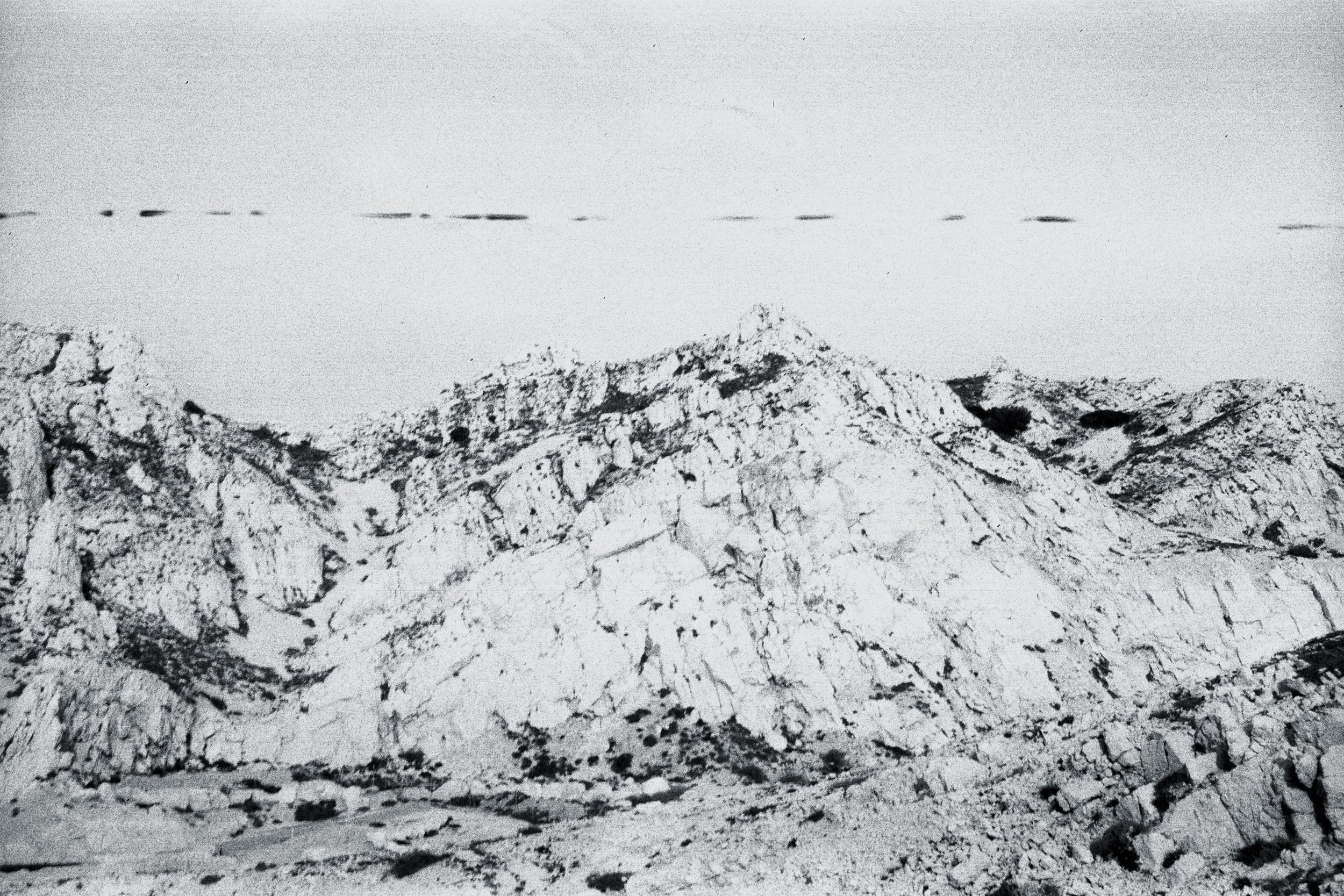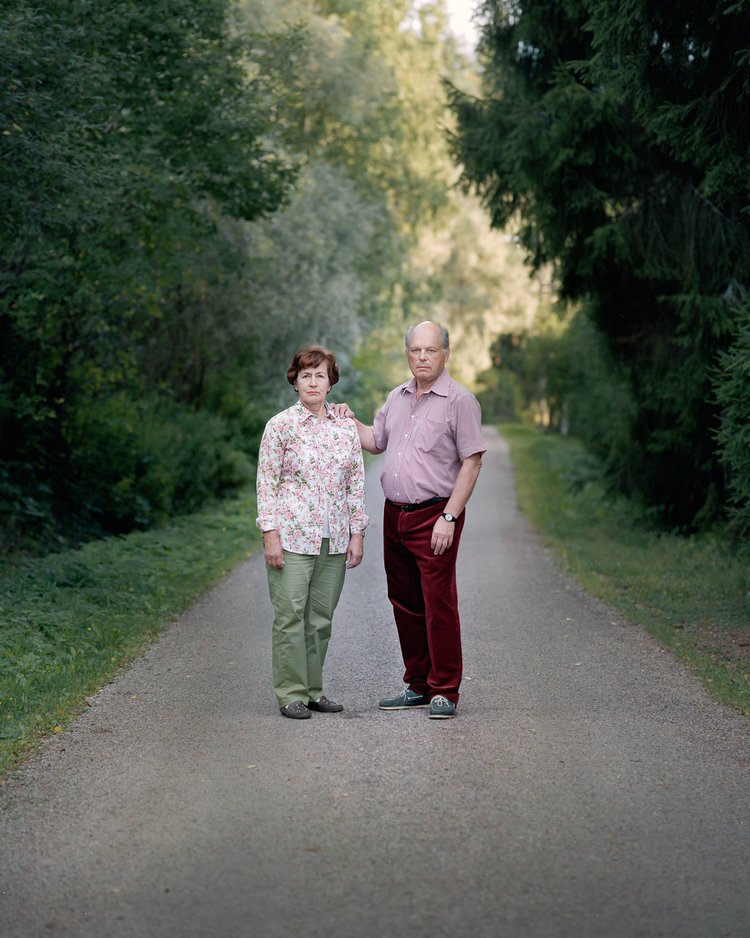
Chance, error and imperfection are my methodology. The aim is to use photography to cross-light the multi-dimensional and even contradictory aspects, effects and changes in the meaningful relationships that each of us have in our lives.
-

Eye, You and I: Letters to My Son
Eye, You and I: Letters to My Son is an ongoing project that talks about the fragile thread between a mother and a son. What are the burning questions that exist or should be asked?
I deal with the interaction and attachment relationship between a child and an adult. In addition to the themes of forgiveness, guilt and blame, I explore the themes of abandonment, fear and shame. In this project, I am looking at my relationship with my son, who I had at the age of 20.
I work in an analogical, experimental way and use chance, error and imperfection in my methodology. The aim of the project is to use photography to cross-light the multi-dimensional and contradictory aspects, effects and changes in the meaningful relationships that each of us has in our lives.
The themes of my project are primarily subjective, emotional and experiential, the essence of which I do not believe can be captured by scientific or objective analysis. .
Eye, You and I: Letters to My Son is in a final stage and it will be published as a book in 2024.
-

He Called Me a Sparrow
He Called Me a Sparrow is a long-term project where I turn my gaze inwards and look at what I’ve been nesting inside. Soon I realised that the traumas that I had were only partly mine– and partly my parents.
How to describe the indescribable and how to visualise the invisible?
The book is a visual study of something that cannot be seen. When something cannot be seen, it usually cannot be recognised. When it cannot be identified, it cannot be validated.
Although He Called Me A Sparrow is an index of agony and struggle, at the same time it is a remembrance of love, affection and forgiveness.
68 color and b/w images
Text by Hannamari Shakya
Design: SYB
Editor: Gösta Flemming
English language consultant: Maria Morris
Hard cover • 170 x 240 mm • 116 pages • 12 gatefold spreads
English
ISBN 978-91-87939-55-6 • 2021
Journal
-

The Girl who didn't Marry a Tree
“I would call me a mishmash. I cannot really indentify with either of my backgrounds, neither Ethiopian nor Finnish. I almost identify more with a Finnish-Indian girl than Ethiopian or Finnish. It feels like a whole different thing to be a mixture of didderent ethnicities. I identify myself with others who are mixed.” - Jasmin
The Girl who didn't Marry a Tree examines the question of identity and ethnicity. The book studies self-image through reflections on ethnic and cultural background. In this way the book seeks to convey the personal experiences of what it is like to live under the gaze of those around you.
Design and layout: Hannamari Shakya
Written stories: Susana Villa
Copy-editing: Laurel Schultz, Jari Käkelä
Scanning and image processing Petri Kuokka
Reprography: Sebastiaan Hanekroot, Colour and Books
Printing and Binding. Optimal Media, Germany
Raw View Editions
-

You Can Only Love the Way You Can
“When love strikes, you cannot do anything. Those in love are like blind. it feels almost that they would eat each other, if they could.”
- Mirjam and RurikI did this project You Can Only Love Me the Way You Can to understand what it's like to live in a long-term relationship.
I listened and learned that you have to know how to bend and bow. You have to respect the other person and still stand your own ground. You have to make a life together and make sure that the duo becomes a unit.
The project was inspired by my own parents, who have been together (too) long. That’s what they tell me again and again.
They got married in 1965 and are still married. They have been helped in their marriage by their madness, creativity and sense of humour.
